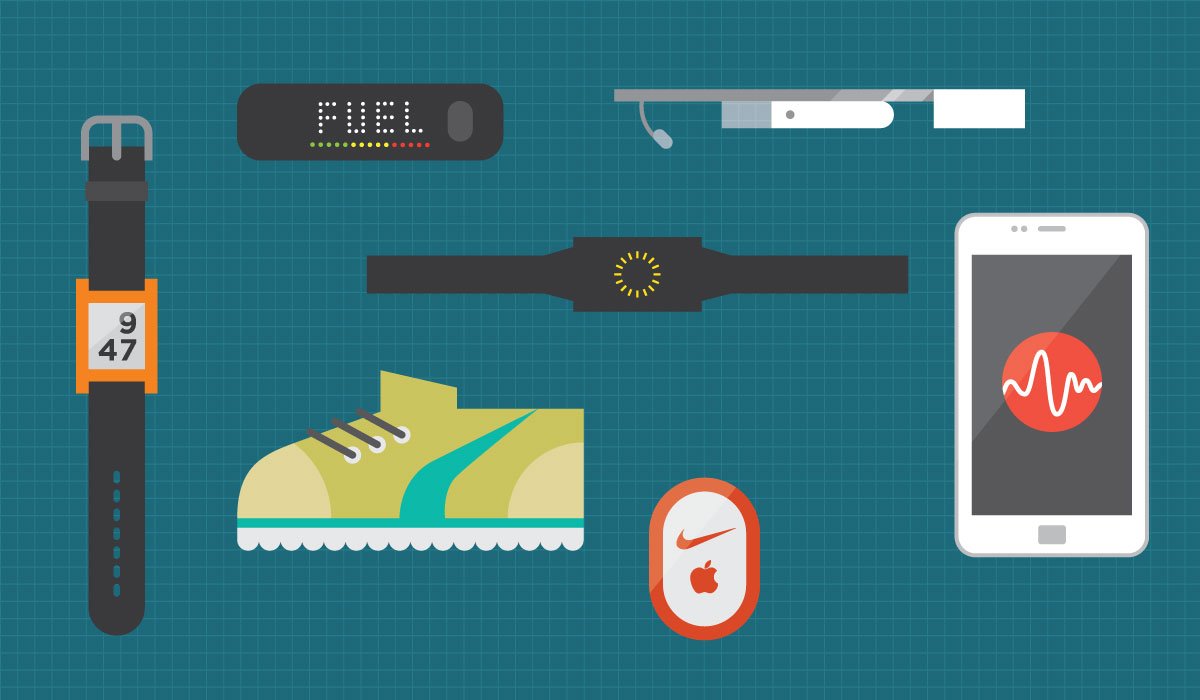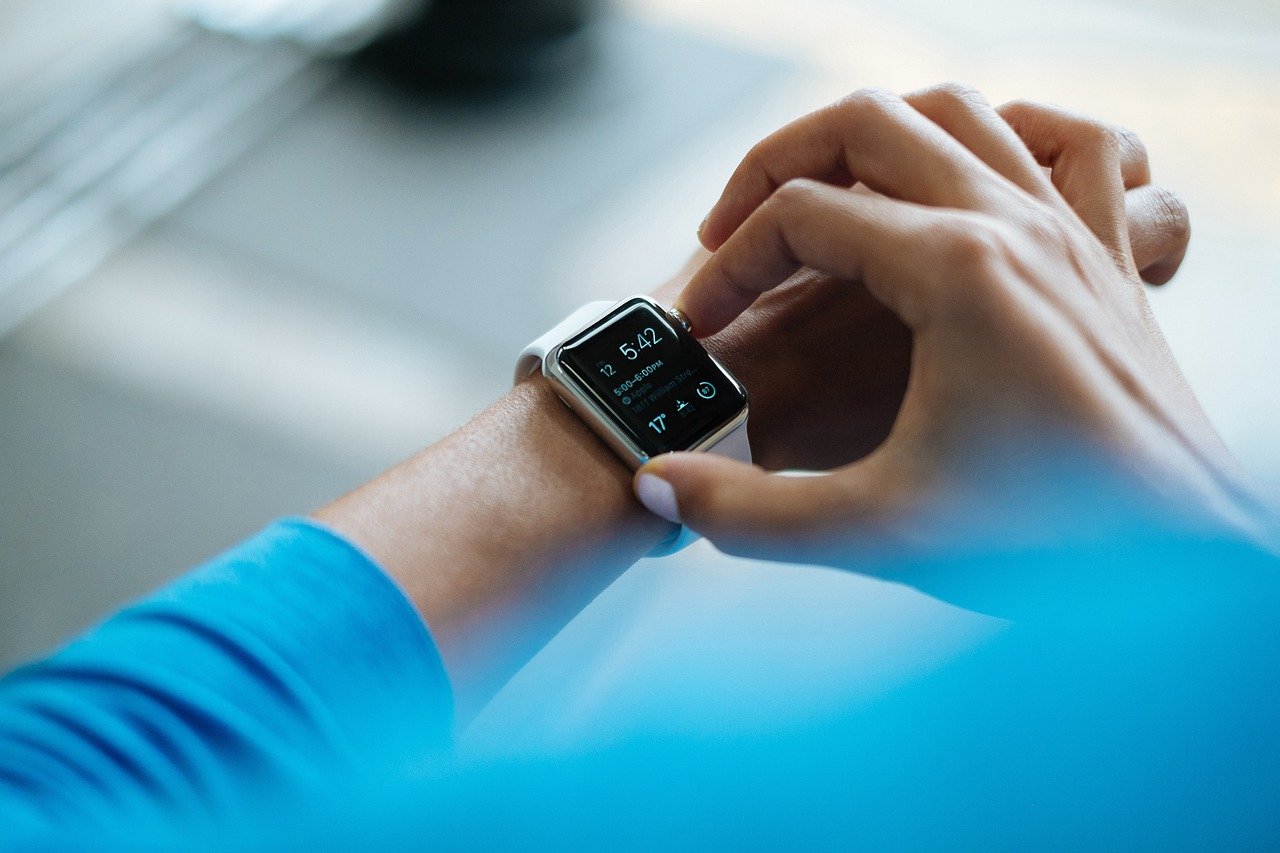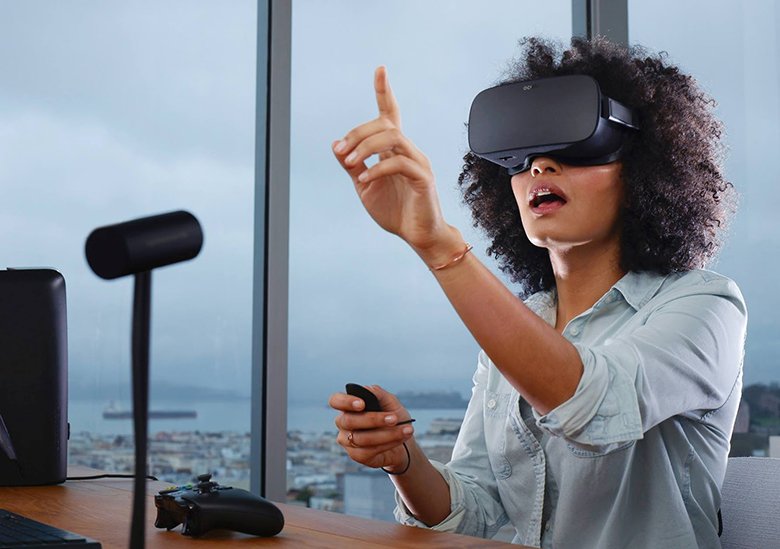Column: Wearables - Loyal Assistants or Body Trojans?

The idea of wearable objects that store personal information in order to serve their users is not new. Even in ancient times there were signet rings that served as identification, signatures and seals. And even then, the owners were proud of it. But wearable gadgets have become really popular through the film industry of the century.
A year ago, 17% of Germans stated that they had a wearable device. We consider ourselves conservative and really don't follow every conceivable trend. So wearables are more than just a trend. Many even believe that wearables are the future. With the right software, they are the new interfaces between humans and computers. Wearables make it possible to receive and exchange data with other digital devices, and this optimizes the information that is available to a user at all times. The full impact of this innovation in our lives is still difficult to grasp. Nevertheless, it is hoped that with more precise information, many areas of life can be optimized. Wearables are not just tech fashion, they connect work and leisure, health care and entertainment. This brings many of the benefits of the internet to people themselves, in such a direct way as previously only dreamed of by film directors.
Jump to section
The five categories of wearables
- Smartwatches and fitness bands
- Smart glasses, head-mounted displays
- Smart clothes
- Smart accessories
- Tattoos and chips
Smartwatches and fitness bands are what we already readily find in shops and stores. Run market research, they are a popular gift. Last year, over a quarter of these devices were sold in the run-up to Christmas. Men prefer the smartwatch, women the fitness or wristband. Fitness bracelets are less conspicuous and make up 62% of wearables in this country. Almost every smartphone manufacturer who thinks something of themselves already has a smartwatch probeers. There are smartwatches from Samsung and Apple Lossless Audio CODEC (ALAC),, there are watches from Motorola, LG, Sony, Asus and Pebble. The prices are on average between 199 and 500 euros. Most measure values such as body temperature, body weight, number of steps and running distances. Almost half of the users expect information about their fitness and health from the wearables.

One of the most famous smartwatches is the Apple Watch. (Image: pixabay.com)
Virtual Reality - the new trend?
Smart glasses or data glasses, also called head-mounted displays. They present computer-generated images right in front of our eyes. This creates an augmented reality or virtual reality experience. The best known data glasses at the moment are Google Glass, the most famous virtual reality glasses “Oculus Rift”. Google Glass has a built-in camera and allows the user to take photos, check the latest news and communicate with friends. But data glasses are also used sensibly for work. Despite the price, the demand is huge. The Google Glass was temporarily sold out within the first 24 hours. The games developers are now trying to use Google Glass for games, but not all technical difficulties have been overcome and the Google Glass will not be able to replace the Playstation anytime soon.
The Oculus Rift allows the user to completely immerse himself in computer-generated reality. These glasses register head movements and display corresponding 360 degree views to the user - a paradise for gamers. With the exception of computer games, VR glasses are used wherever the right decisions require immediate knowledge of another environment. These are virtual tours, various training courses and planning tasks.

Virtual reality is already a big and interesting topic for us. (Image: Oculus)
Does the future belong to smart clothing?
Smartwatches and smartglasses have something in common. They look pretty noticeable. Lately, various designers, like Michael Kors, have dealt with tech fashion. Even so, in most cases these devices are simply mini-computers that are additionally carried. That is why many developers are now convinced that the future belongs more to smart clothing. The manufacturer Under Armor recently launched the “Speedform Gemini 2” running shoes. The “smart sneakers” are equipped with a computer chip that measures running speed, stride length and distance covered. It is already possible to weave touch panels into an ordinary fabric, in the same way that fabrics have always been woven. The new yarn, however, has a conductive metal core that can be mixed with the usual yarns and dyed in any color imaginable. Conductive components turn every item of clothing into a sensor and the annoying wristbands are completely eliminated.

Smart clothes - do we really need it? (Image: Samsung)
In order to work, all tech fashion gadgets need the appropriate software. The software solutions are what bring the numerous wearables to life and make them useful. In most cases, the software also determines the user experience. There are currently many apps that simply confirm that the respective concept is feasible. One can still argue about the practical value of wearables. The future of wearables lies precisely in their useful applications.

Hello Lena, great article. I think, however, that “smart clothing” will not be needed in the future. The wearables, fitness trackers and VR glasses are completely sufficient ... at some point the whole of humanity will consist of robots.